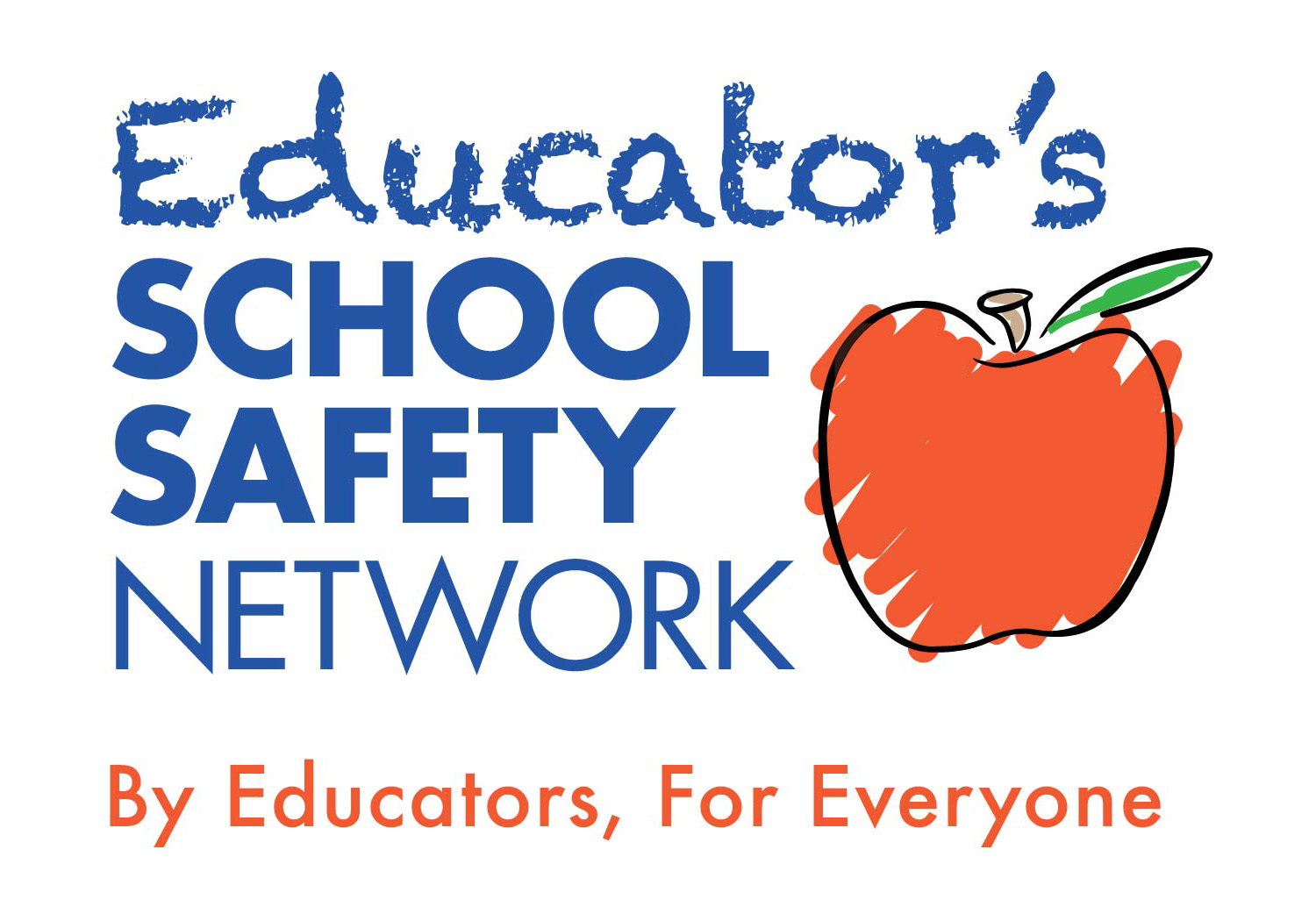It is with a tragic sense of déjà vu that we write yet another blog post after a horrific shooting in an American school, this time at Umpqua Community College in Oregon. Just as tragic is the fact that despite incredible media coverage, political maneuverings, Department of Justice grants, and the deaths of literally hundreds of students, not a whole lot has changed in regards to school crisis response in the last 5 years.
Most schools are still following outdated procedures:
In June of 2013, FEMA and the Department of Education came out with very specific active shooter recommendations for schools – “Run, Hide, Fight”. These recommendations clearly state “The first course of action that should be taken is to run out of the building…” to a safe location. Yet multiple student witnesses to today’s event recount that instructors told them to lock the doors and stay in the classrooms. One student told CNN "We locked the doors, turned off the lights, and we were all pretty much in panic mode. We called 911 and called our parents, our loved ones ... “ Even after hearing gunshots, a student told Fox News, “One of the students in my class, she went out and checked it. She got shot twice, one in the arm, and in the stomach. And she came back and told us to lock the door, shut the lights off. And we sat there for 20 minutes waiting for police to show up."
How well have these recommendations been disseminated to schools? How much training has occurred? Do students or teachers really know what to do to save their own lives?
We still believe that there’s nothing we can do:
In a joint statement, the American Association of Community Colleges and the Association of Community College Trustees called the shootings a "tragedy" saying "while campus safety is of the utmost priority, due to their open nature, college and university campuses are susceptible to these types of events...". That may indeed be true, but there are a myriad of things we can do to minimize, mitigate, and even prevent these events from taking place. Threat assessment management is a proven best-practice and according to FEMA and the Department of Education “One of the most useful tools a school can develop…” yet multi-disciplinary threat assessment teams are present in only a small percentage of schools nationwide. Instead organizations are spending money on security measures such as buzzers, metal detectors, and duress alarms rather than on training staff to identify, assess, and manage individuals who may pose a risk of violence.
We still think this is a law enforcement problem:
In today’s event police response time, while rapid, still has upwards of 7 minutes by some reports. Past incidents have shown us that despite rapid law enforcement intervention, most shootings were stopped by some other means. 57% of the time the event is over before police even arrived. Yet as educators we have abdicated the problem of school violence to law enforcement – even though it's educators who are in reality the ones dealing with, responding to, and dying in the event. Even what little training educators do receive in crisis response comes from an entirely law enforcement perspective. Media coverage of these events always features “experts” who are security, military, or law enforcement - not educators who must deal with violence on a daily basis.
We still want to make it all about guns…
Within hours of this most recent tragedy, President Obama was responding to the event by criticizing the lack of tougher gun laws. At the same time, gun rights activists were asserting that a concealed carry permit holder could have prevented the shooting.The default position of the media, politicians, and advocates is to immediately cling to one side or the other in the gun debate. Gun rights and gun control be damned – this conversation should be about keeping students safe.
Making our schools safer is possible – but it’s hard work. It’s work that incorporates non-partisan, collaborative, common sense, objective discussions about mental health services, increasing student disclosures, providing training to staff, students, and parents, appropriately increasing security measures, making facility changes, revising policies and procedures, implementing threat assessment management, and yes eventually – about guns. It’s too bad that the opposing sides of the gun argument couldn’t take a minute away from advocacy and look at the common ground on which we all stand – no one wants to see kids dying at school.



